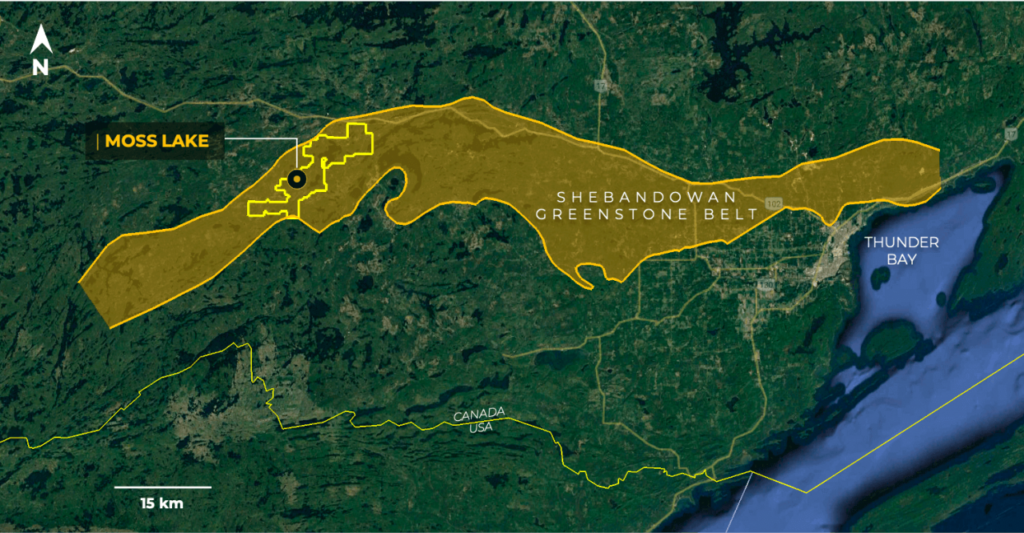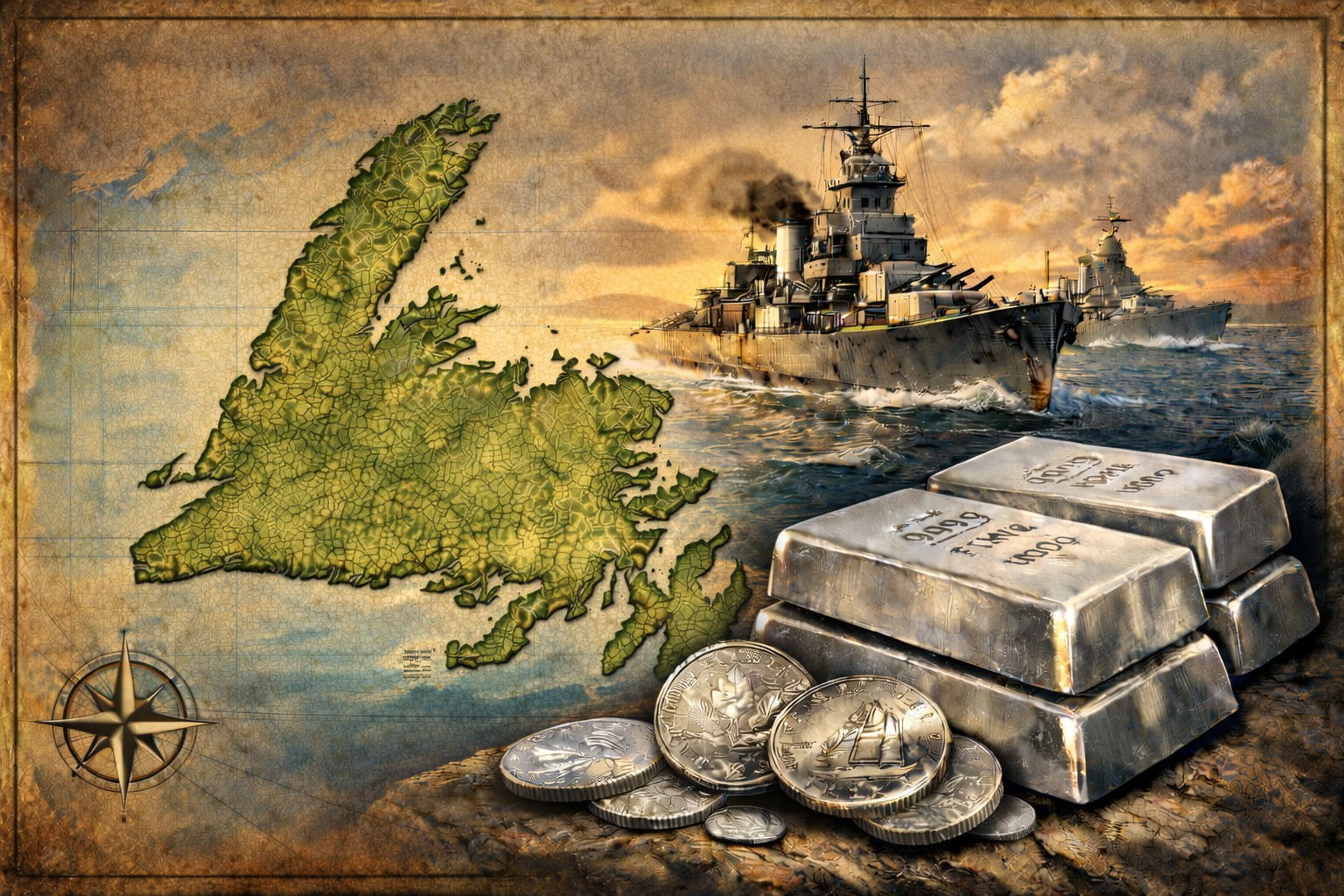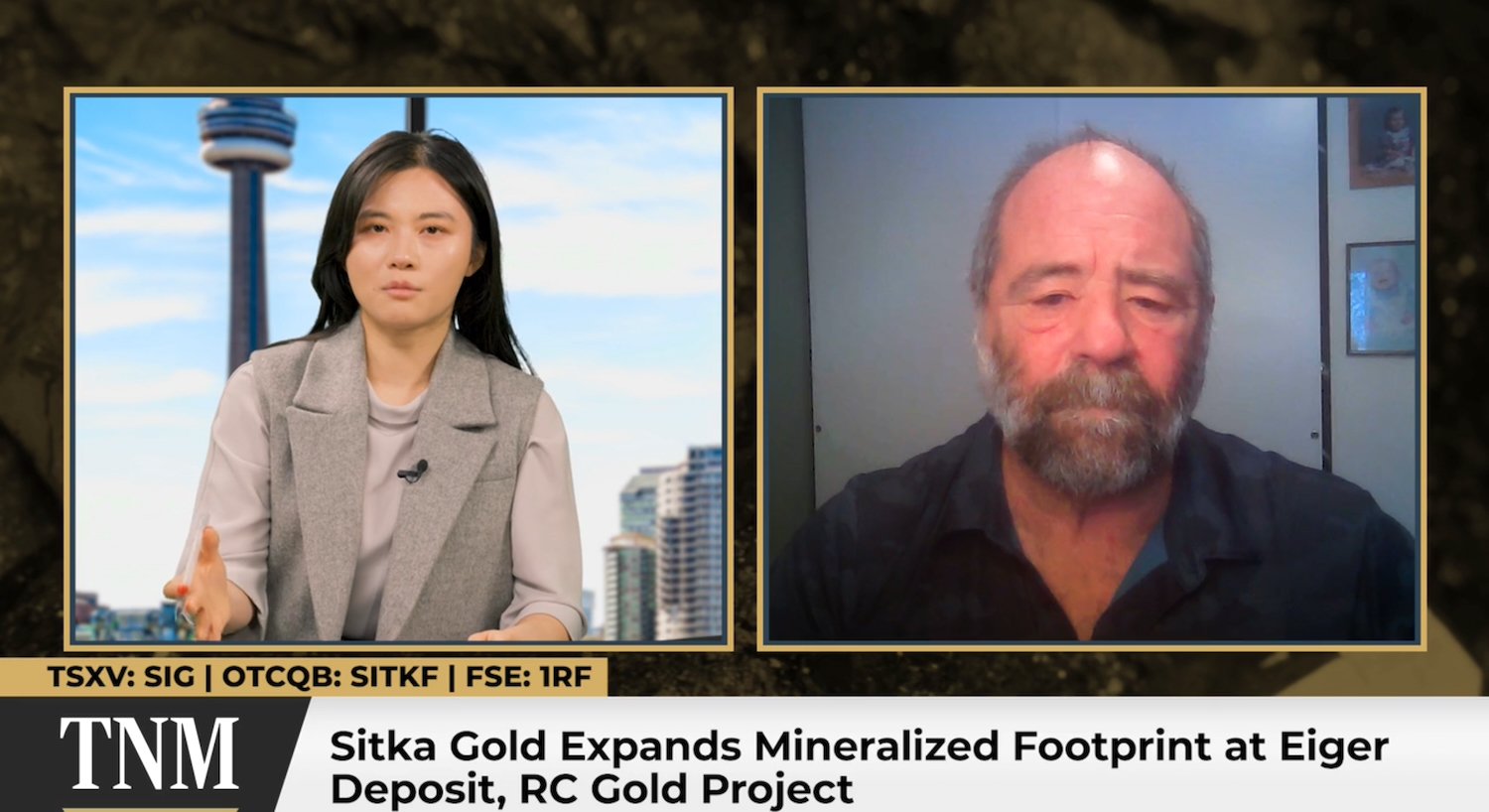The best intercepts of higher grade zones include the following:
- Hole MMD-21-003: 57 metres at 1.2 g/t gold from 4 metres below surface and 36 metres at 1.15 g/t from 182 metres;
- Hole MMD-21-002: 35 metres grading 1.09 g/t gold from 100 metres below surface; and
- Hole MMD-21-001: 31 metres grading 1.18 g/t from 122 metres and 16.3 metres at 2.09 g/t gold from 350.7 metres below surface.
The Moss Lake deposit is a highly altered mineralized orogenic system. Goldshore says it is too early to develop conceptual models for the deposit.
Goldshore acquired the Moss Lake property from Wesdome Gold Mines for $57 million in May 2021. The landholding also hosts the East Coldstream, and Iris Lake deposits, and the Hamlin zone as well as the Moss Lake deposit. The three deposits have historical resources. In the case of Moss Lake, it was estimated in 2013 to contain 1.4 million indicated tonnes grading 1.1 g/t gold and 1.8 million inferred tonnes at 1.1 g/t gold.
Also on the property is the historic North Coldstream mine that produced 103 million lb. of copper, 44,000 oz. of gold, and 440,000 oz. of silver. Discovered in 1872, it operated from 1900-29 and again from 1957-59.
Sign up at www.GoldshoreResources.com to receive the company’s news releases.



